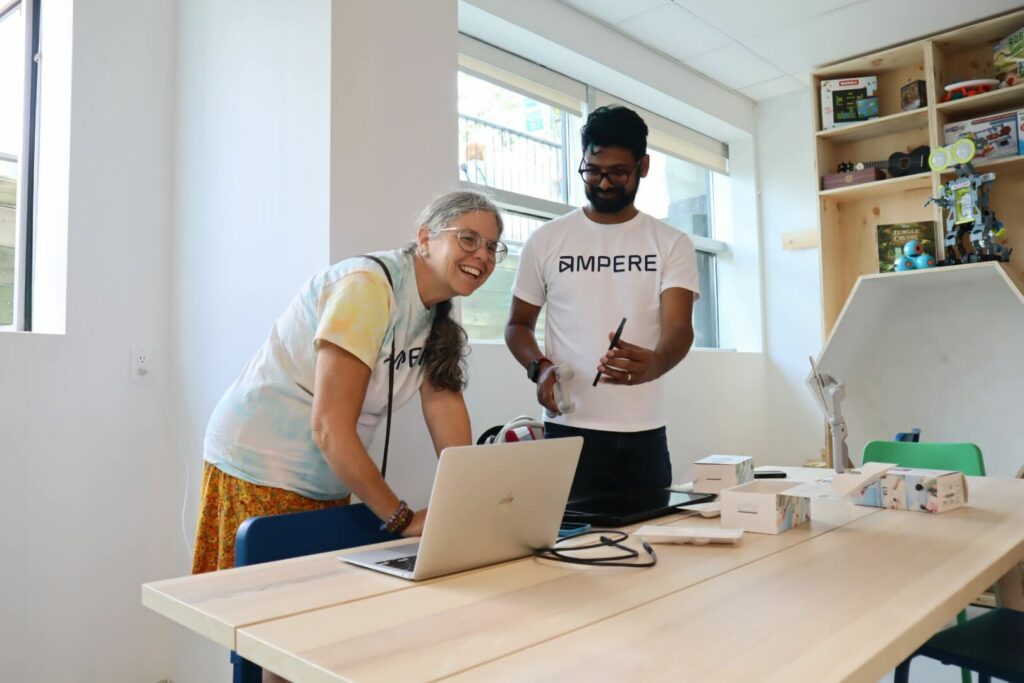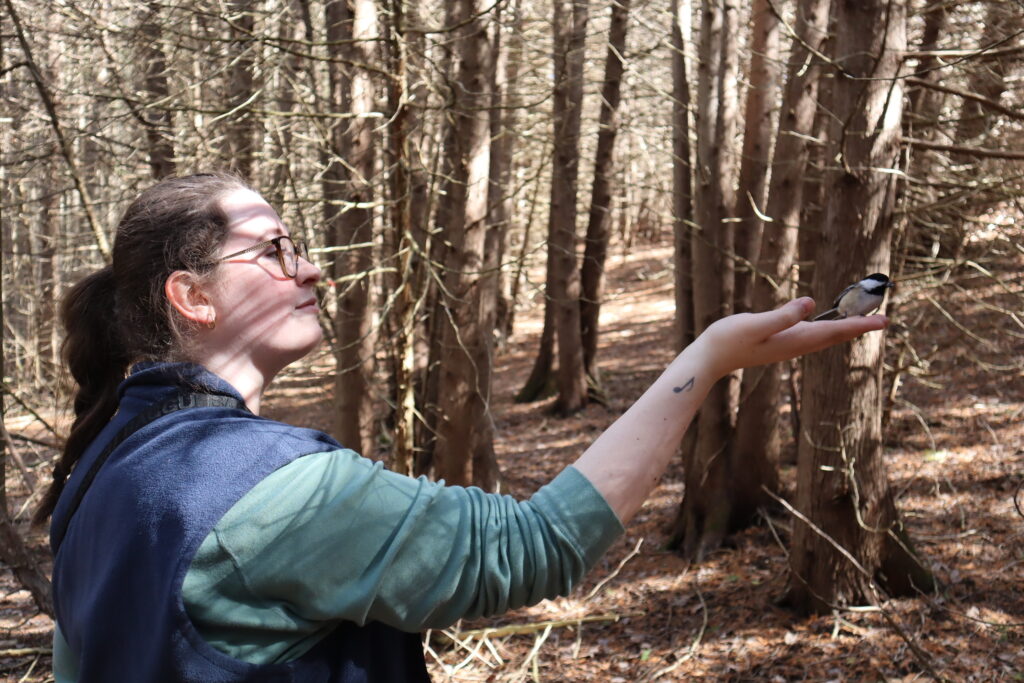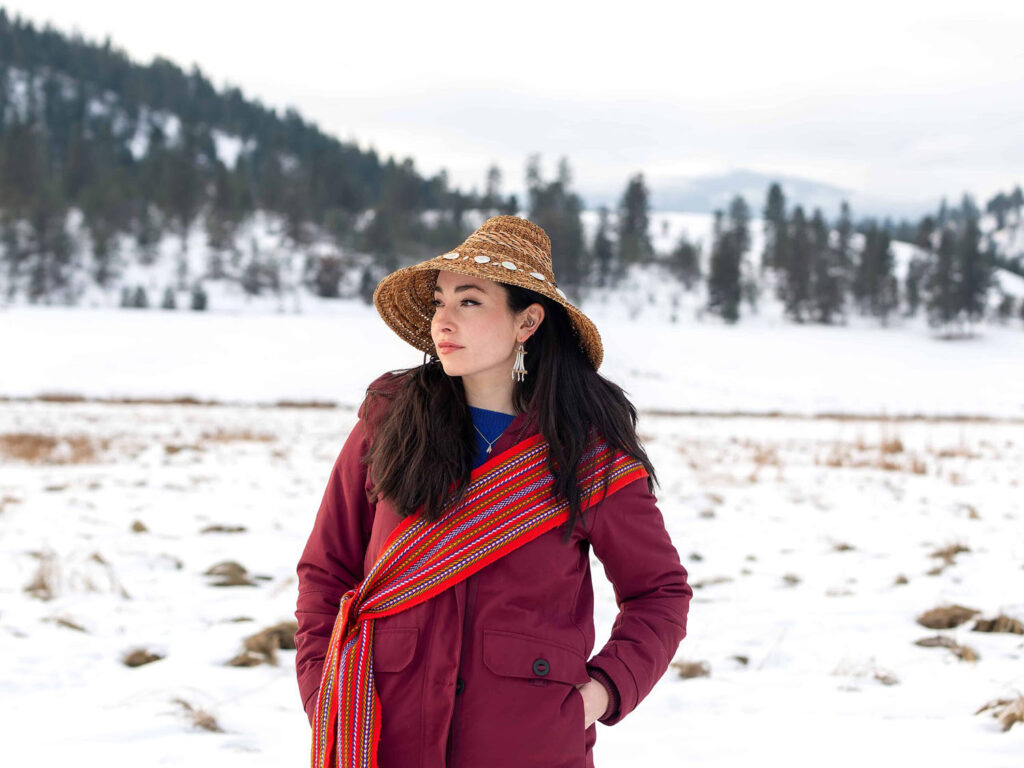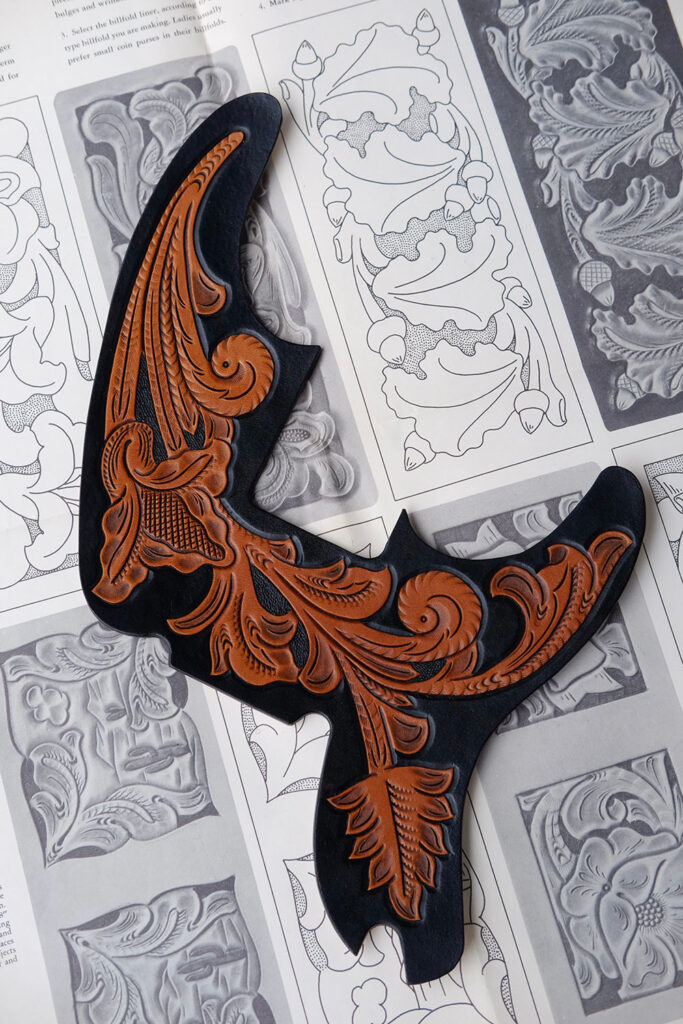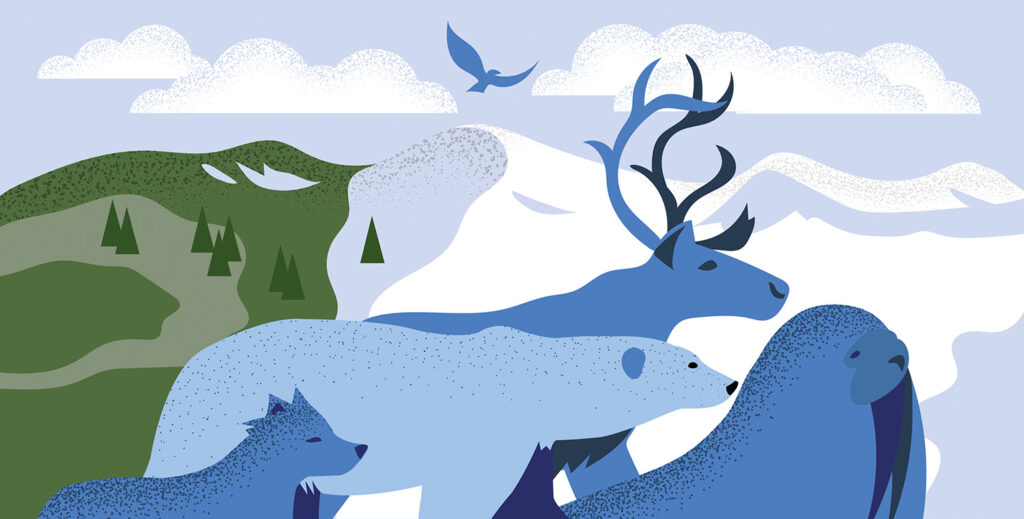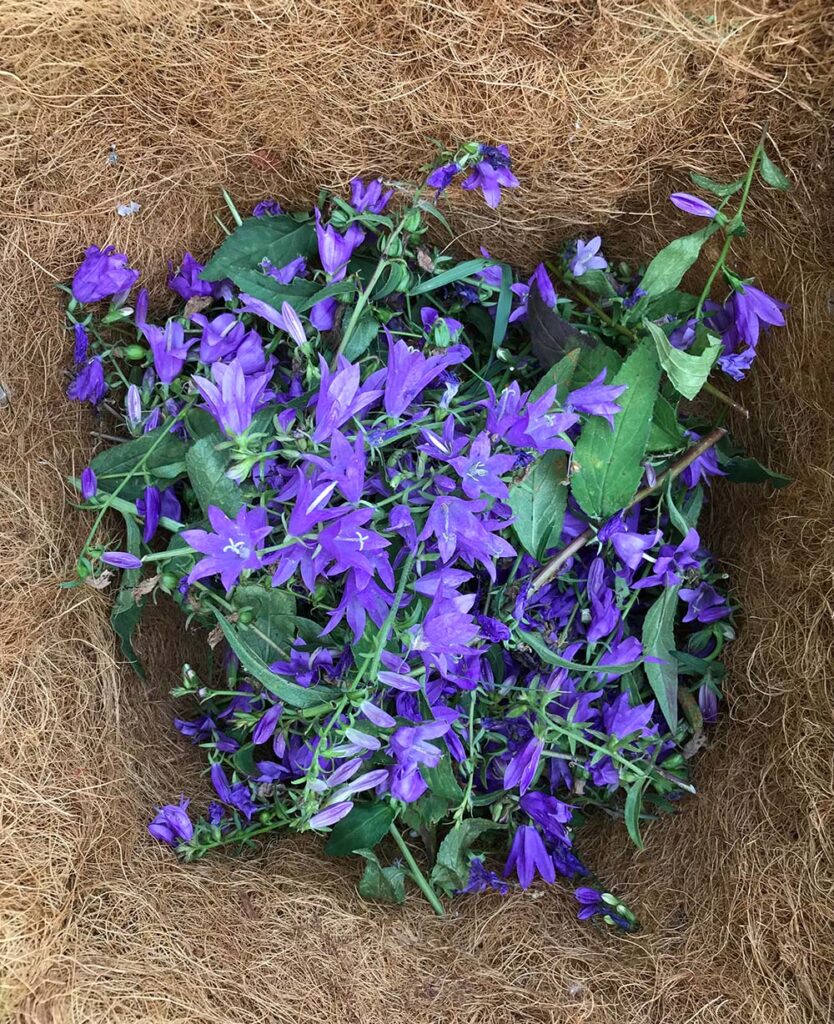Pinnguaq is now Ampere
Working alongside rural, remote, Indigenous, and other communities, Ampere delivers programs for people of all ages to cultivate STEAM (Science, Technology, Engineering, Art, and Math) skills through innovative technology, art, and play. It offers world-class Makerspaces, maker kits and activities, and works with educators to introduce children to a STEAM-based curriculum that brings learning to life.
Pinnguaq is now Ampere Read More »
